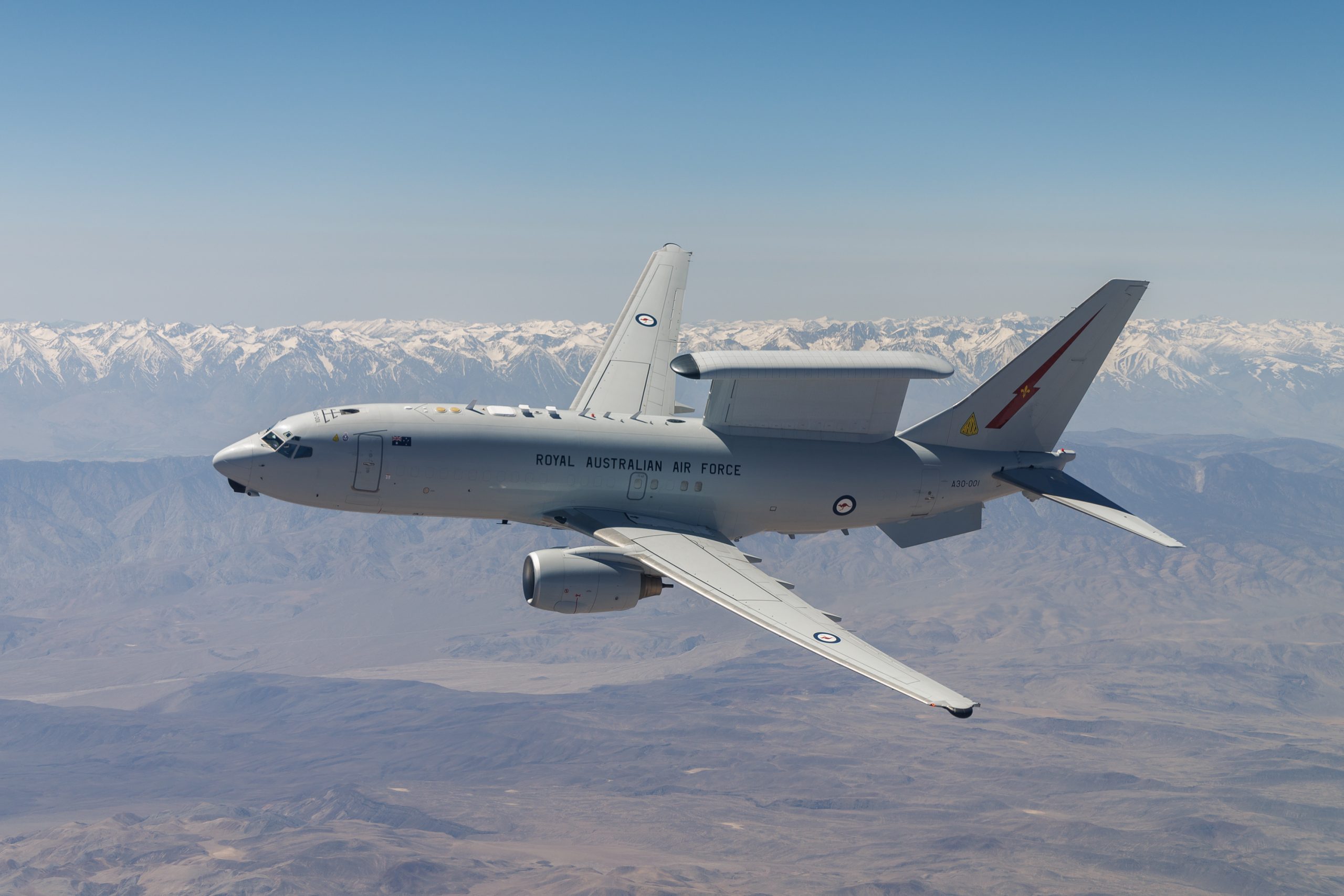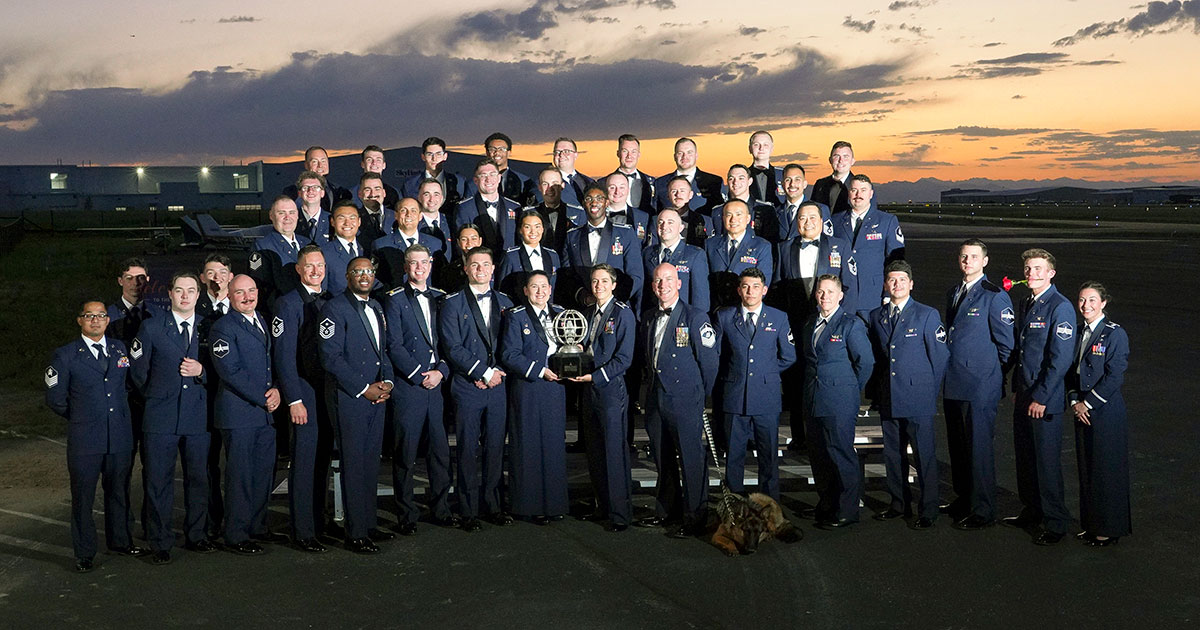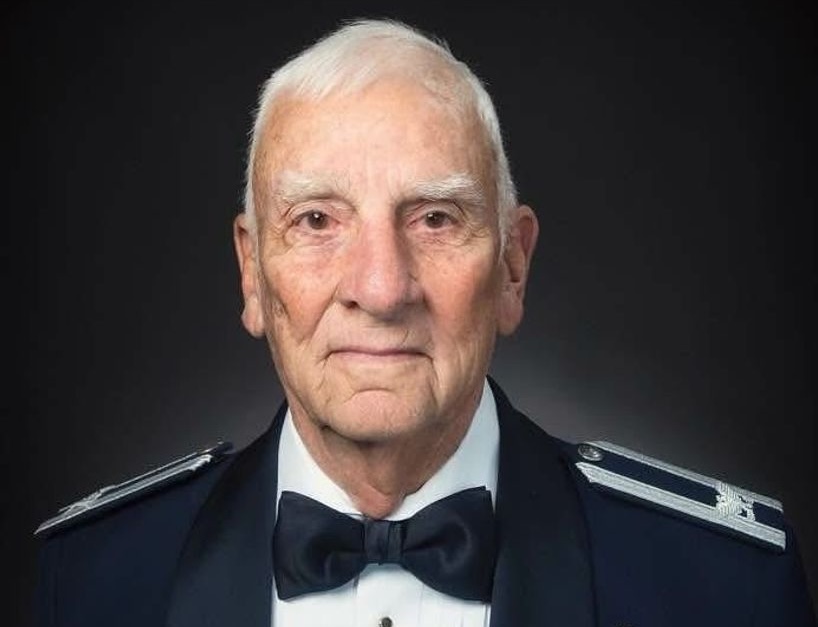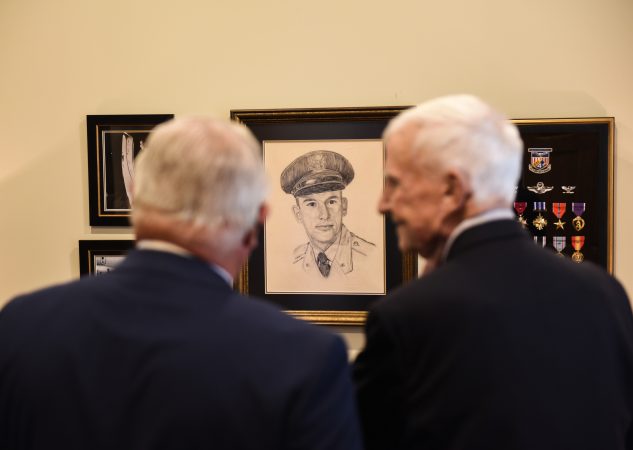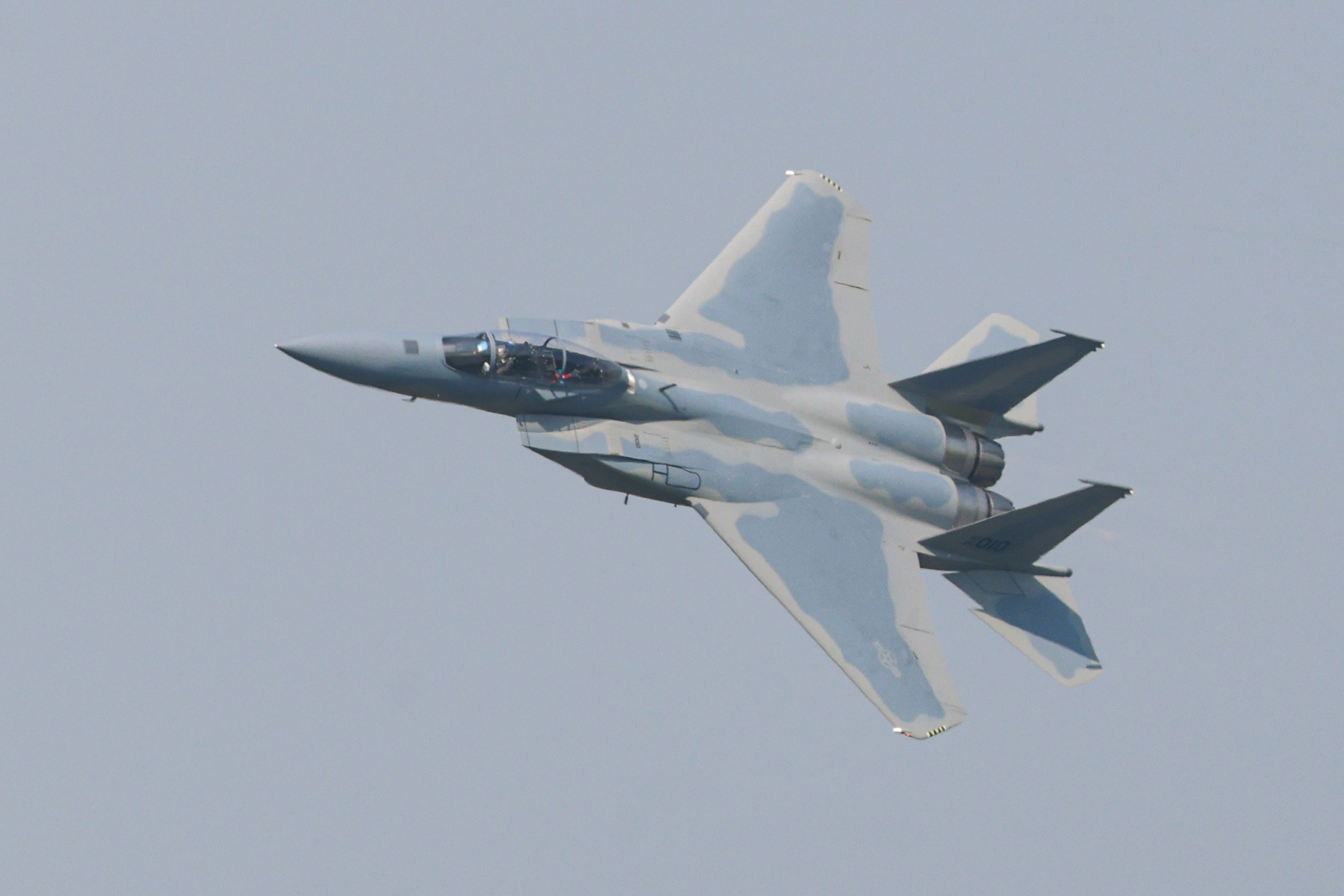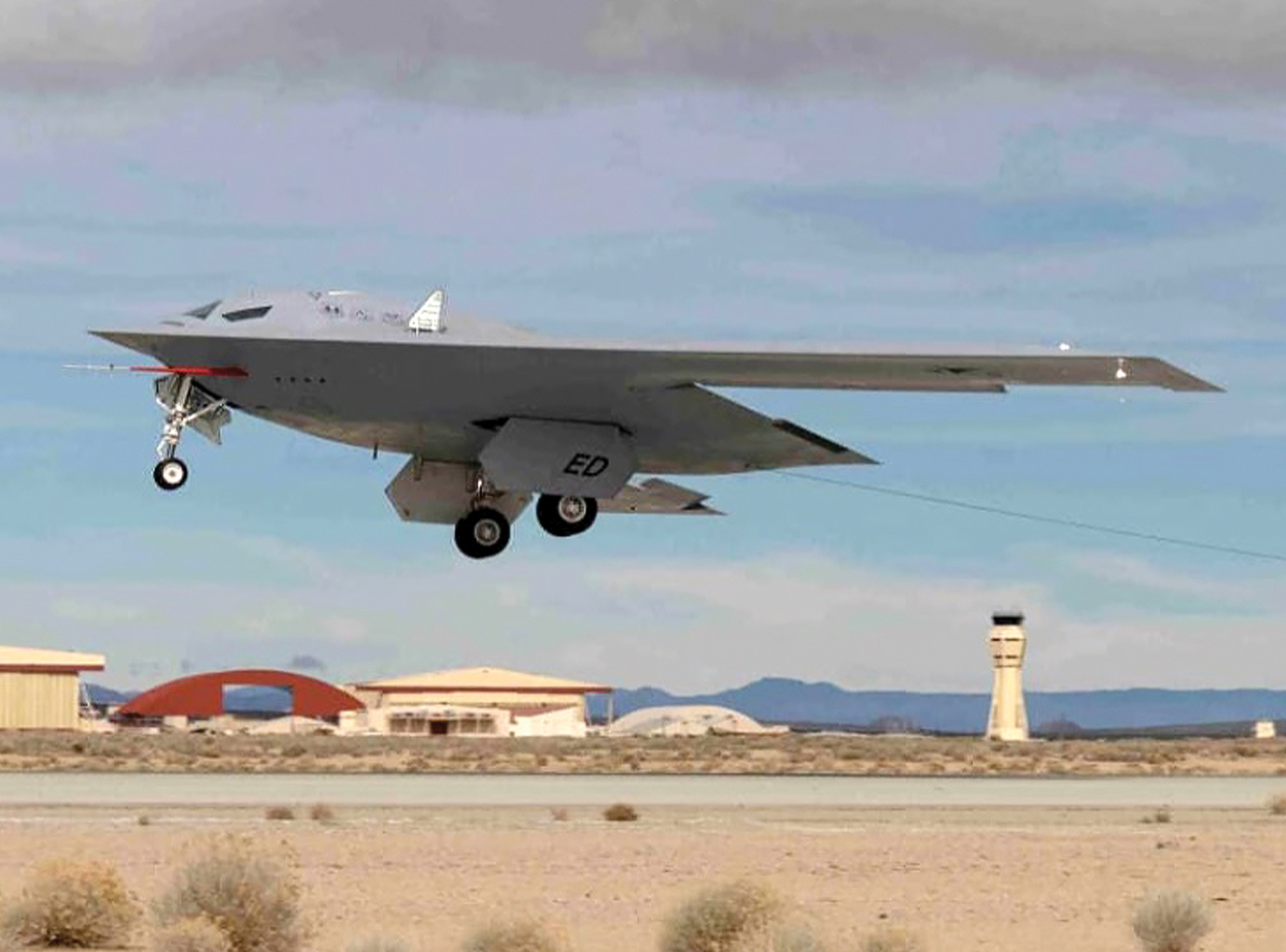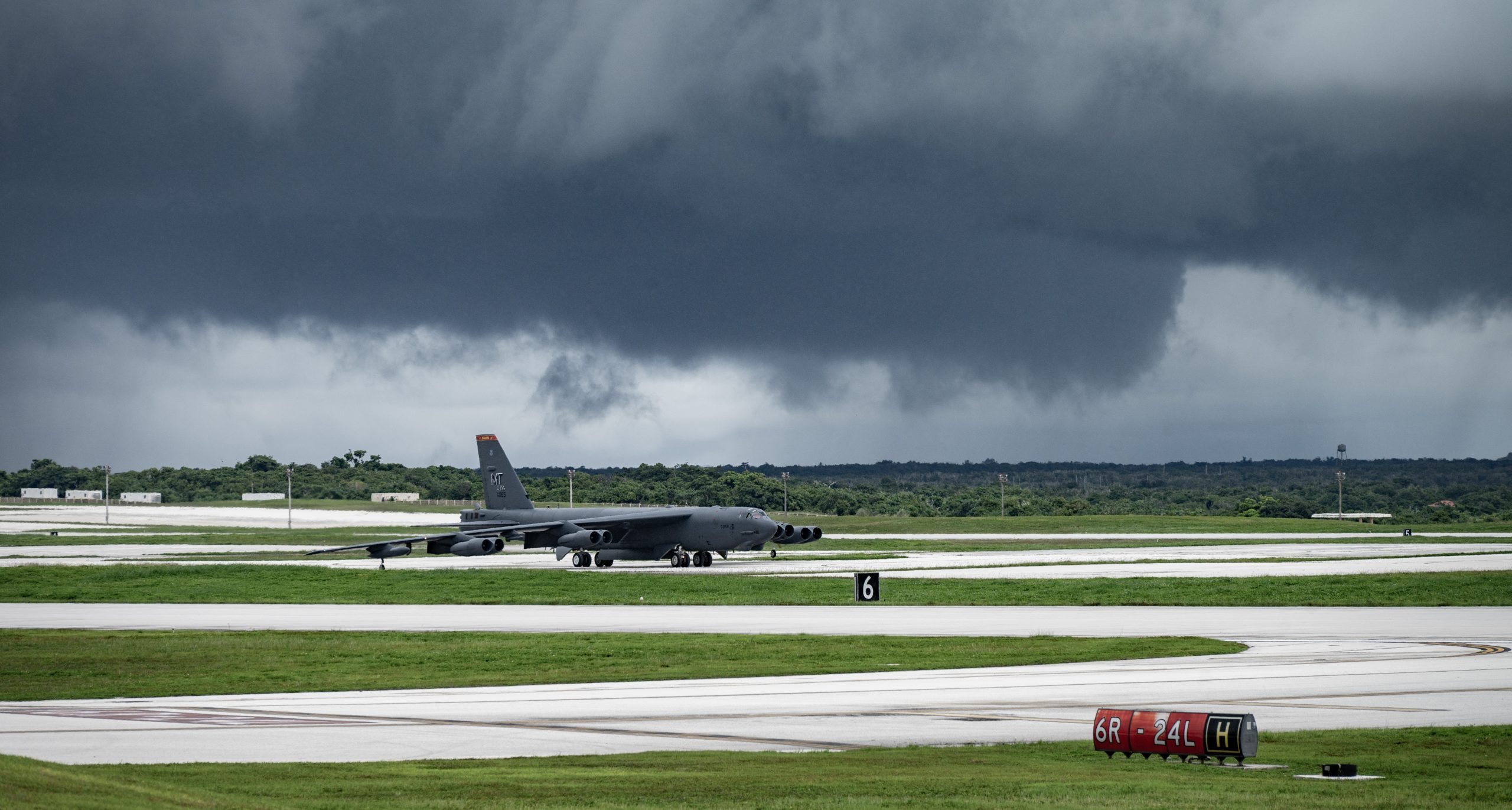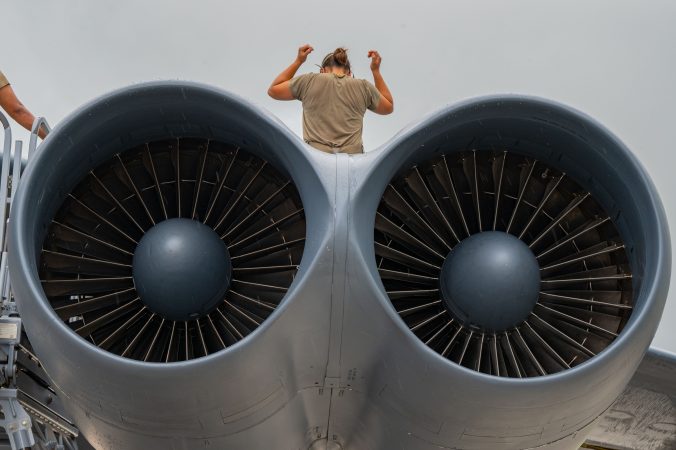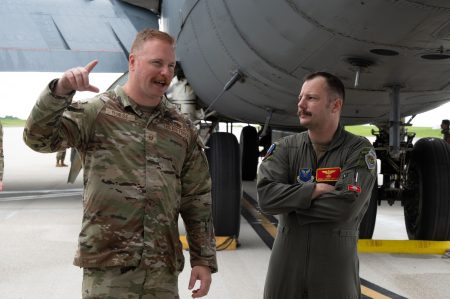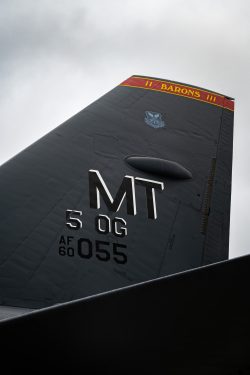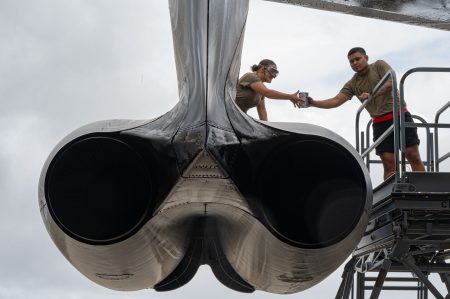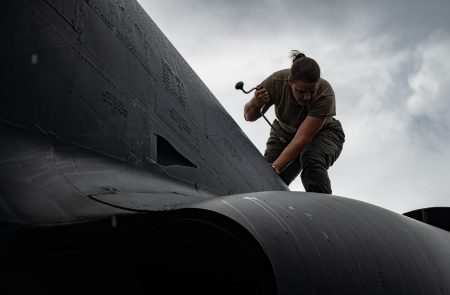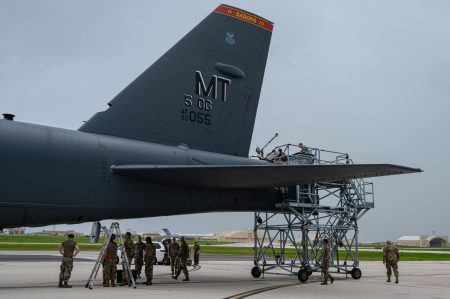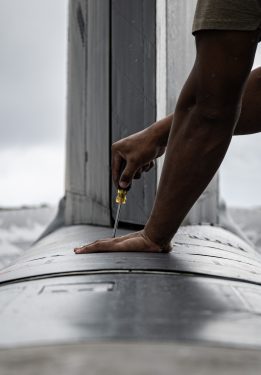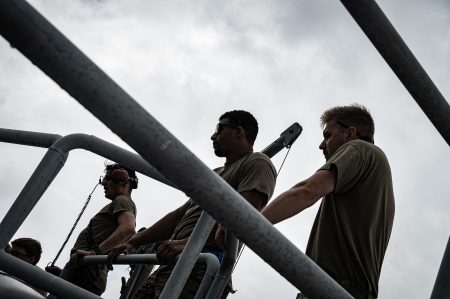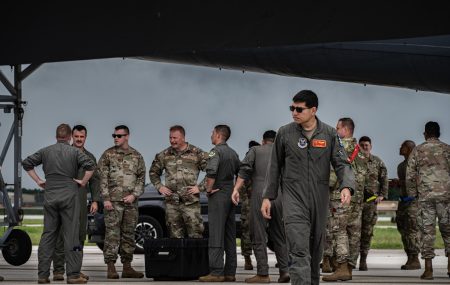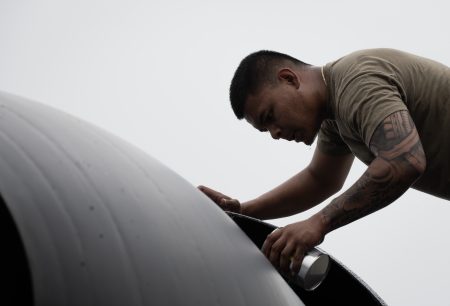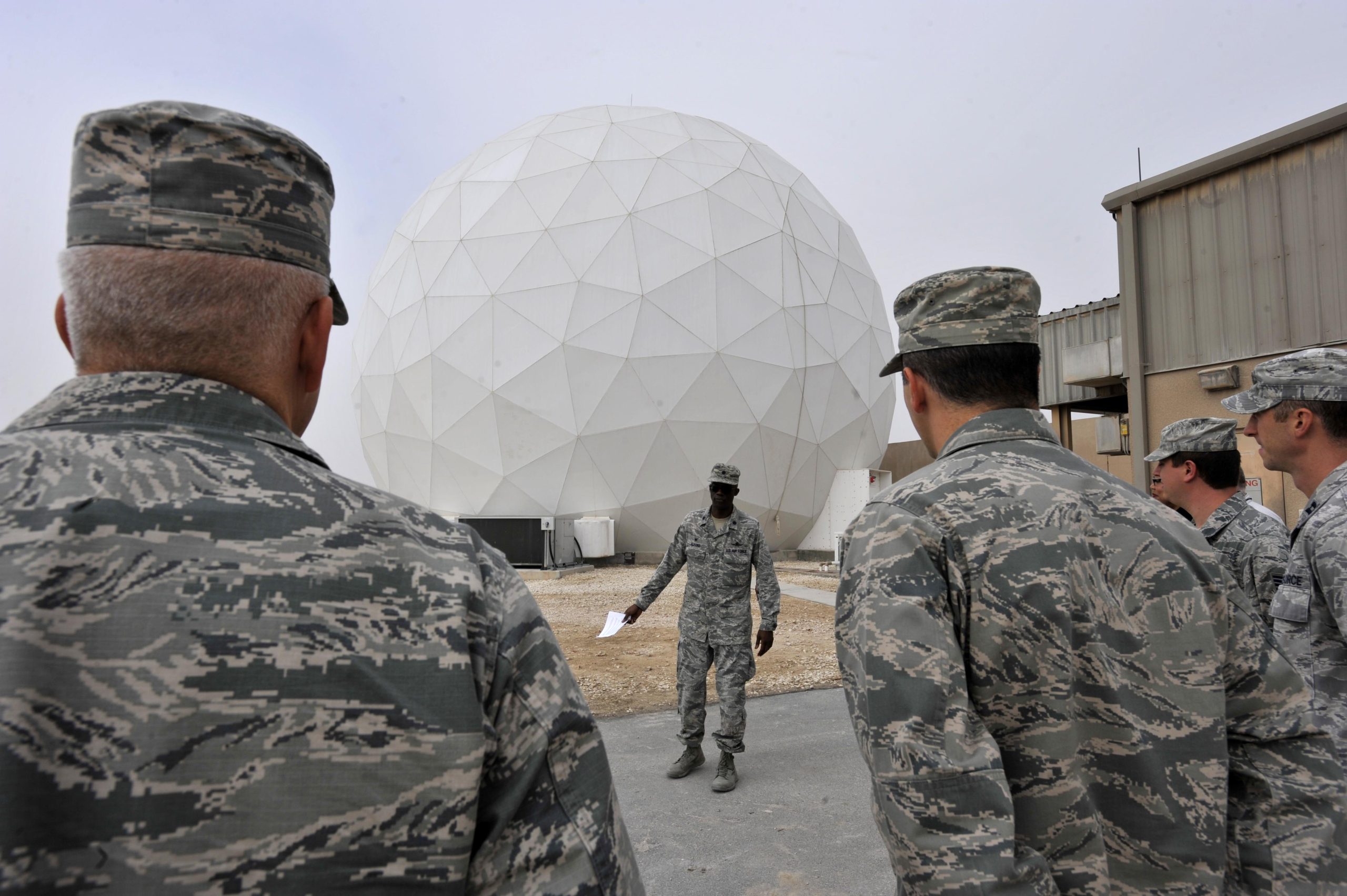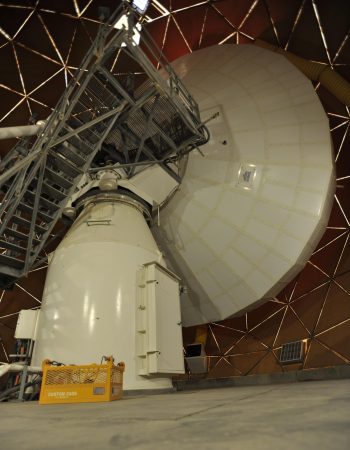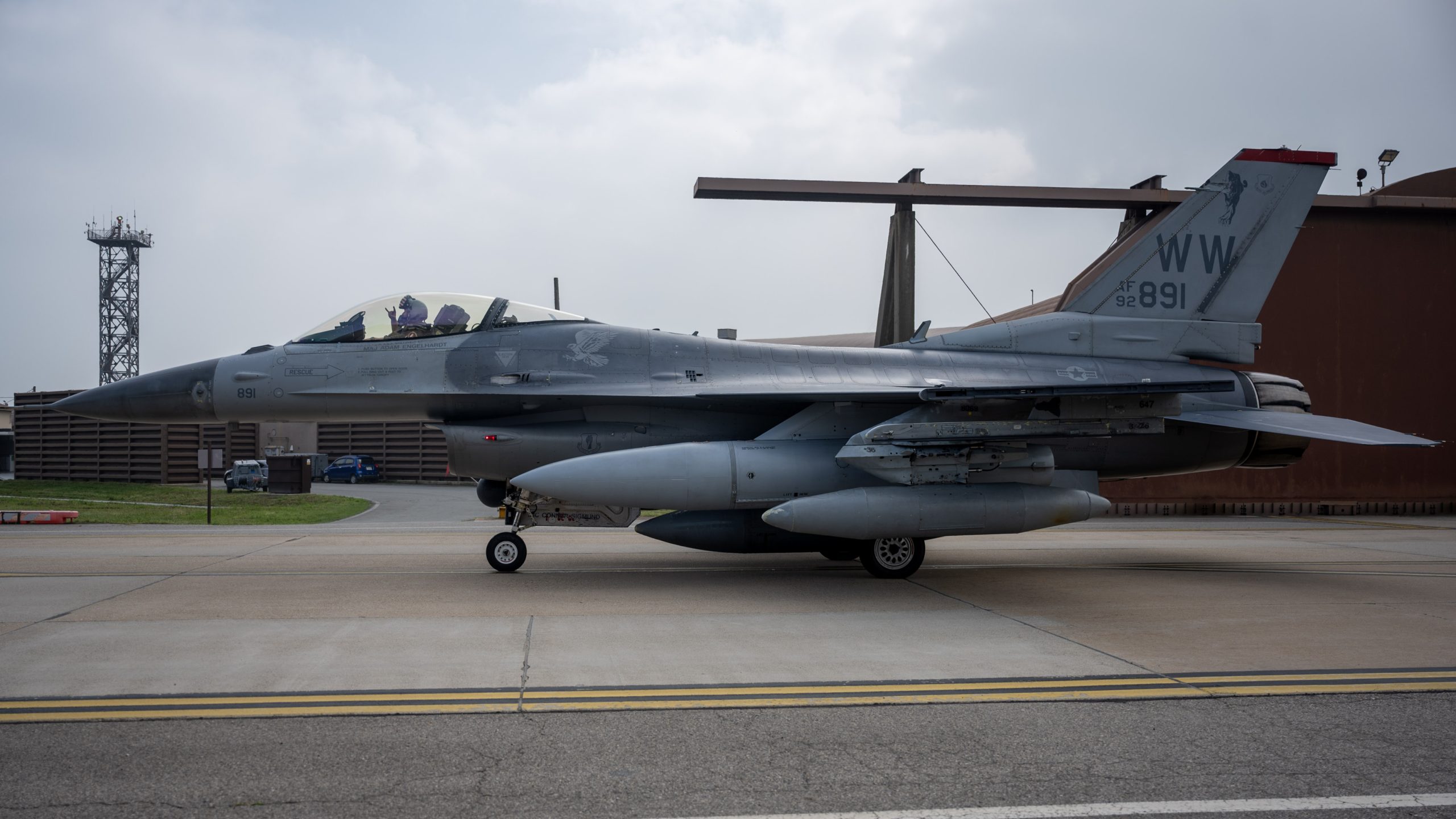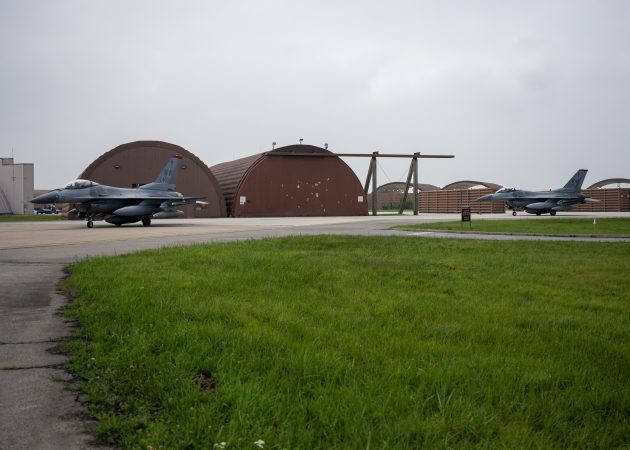House lawmakers are moving to keep the Air Force’s E-7 Wedgetail development program alive after the Pentagon announced plans to wind it down in the coming years.
During its markup of the annual defense policy bill July 15, the House Armed Services Committee tacked on an amendment from Rep. Donald Norcross (D-N.J.) that would block the Defense Department from using 2026 funding to end the Air Force’s E-7 prototyping contract with Boeing or to shut down production of the airborne target-tracking jet.
One day earlier, the powerful House Rules Committee also advanced an $831.5 billion defense spending package for 2026 that would bar the military from using federal dollars to pause or end pursuit of a Wedgetail fleet, or from preparing to do so. The bill similarly stops defense officials from moving money for the E-7 to fund another program.
Together, the measures illustrate Congress’ willingness to push back on the Trump administration’s decision to abandon one of the Air Force’s highest-priority acquisitions. If the provisions become law, the E-7 would become the latest example of the Pentagon and the executive branch’s frequent struggles to win congressional approval for major inventory changes.
Wedgetails—and their predecessor, the E-3 Airborne Warning and Control System—can spot incoming missiles and enemy aircraft from afar and direct the movement of other air assets accordingly. Instead of replacing the decades-old E-3s with the E-7, already flown by multiple U.S. allies, the Pentagon’s latest budget request would turn to Navy aircraft and then satellites to perform the moving target indication mission instead.
The Air Force had previously sought to buy a pair of bespoke E-7s, modified to meet the U.S. military’s unique requirements, for $2.6 billion before ramping up to a fleet of 26 operational jets. The service was slated to begin receiving them in fiscal 2028.
Proponents of the new fleet—including a bevy of former four-star generals who made their concerns public last week—argue space-based tracking isn’t mature enough to meet the U.S. military’s short-term need. Critics say the Wedgetail is too vulnerable to advanced air defenses wielded by the same militaries it’s designed to watch.
Despite their tacit approval of continuing the E-7 buy, House Rules members stopped short of allowing lawmakers to bolster the program with more money. The committee declined to add an amendment from Norcross, the highest-ranking Democrat on the House Armed Services tactical air and land forces panel, and Rep. Marilyn Strickland (D-Wash.) that would have brought next year’s funding for the E-7 program to nearly $800 million—a $300 million increase over the House’s original proposal.
A spokesperson for Norcross said the amendment was left out of the final package that the full House will vote on because it wasn’t deemed “in order,” or appropriate, to include with the bill.
The spending boost would have ensured House authorizers and appropriators are in lockstep in their support for the E-7 program, after the armed services committee released legislation last week green-lighting $799.7 million to continue prototyping. That’s four times as much money as the Trump administration requested for Wedgetails this year.
Without the tweak, the House proposal puts $500 million toward the Wedgetail effort to sustain airborne early warning capability while new options mature. The measure now heads to the House floor for a vote by the full chamber.
It’s unclear whether the Senate will back the decision to end the E-7 buy. Senate appropriators haven’t yet released a Pentagon budget blueprint for 2026, and the Senate Armed Services Committee hasn’t published the full text of the defense policy bill it approved July 11.
